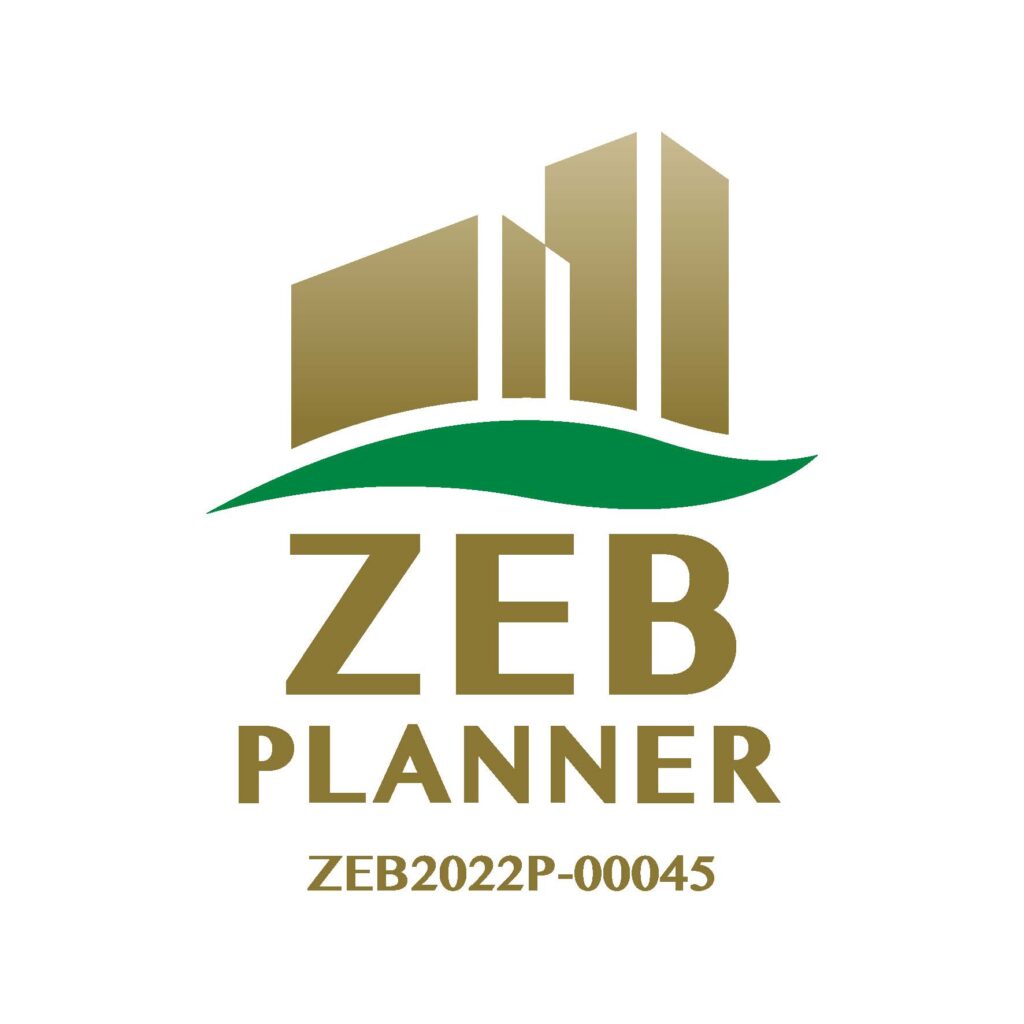
Architecture
- Keeping time and harmonizing with the scenery -
The desire to make a facility that will endure all hardships and be loved by the citizens for centuries. Architecture is a part of scenery, therefore, we pursuit the history and values of a region that shall be passed on for future generations.
Architecture brings up society, society brings up architecture.

What makes a good architecture?
I think architecture “configurates invisible functions” and requires function, structure, and beauty. Therefore, on designing architecture, I rely on the land condition, climate, humanity, and culture for ideas. Architecture can also be thought of a barometer of the culture and technology of an era. Modern architecture should be built with modern technology and materials.
The problem is, can these modern architectures pass on the nostalgic feelings we feel toward the cultures and technology of the past to the future?
This thought is what led me to the spirit of Yuzuri-ha. A Yuzuri-ha is an evergreen tree of which leaves are used as Japanese New Years ornaments. The old leaves wait for the new ones to sprout before it falls, so it resembles the beauty or inheritance from parents to children. Based on these thoughts, I wish to open up new possibilities in architecture.
From Inheritance to Innovation
- Inheritance ―
Koji Tokuoka, President of Tokuoka Sekkei
守破離 Shu-Ha-Ri
Adherence-Breakthrough-Transcendence
I have been familiar with kendo since I was a child, and I have learned many things from my seniors and teachers through training. "Shu-Ha-Ri" is among these teachings.
Initially, I interpreted this concept as faithfully adhering to my teacher's guidance, eventually challenging it, and ultimately forging my own path. However, when I discussed this with my mentor, Mr. Masataka Inoue, he offered a deeper perspective.
He mentioned that at each stage of growth, "Shu-Ha-Ri" exists simultaneously, forming a complex and layered progression of one's personality rather than a simple linear path. Indeed, whether it's in the strikes, footwork, or mindset in kendo, it seems to ring true.
Growing up in the world of architecture, with my grandfather and father as my mentors, "Shu-Ha-Ri" has always been present. Depending on the concept of each project and the assigned mission, innovation, challenge, inheritance, and improvement coexist harmoniously.
Inheritance
Architecture has a public aspect even if it is the property of an individual.
The fundamental role of architecture in postwar reconstruction, which was to protect the lives and property of citizens, has shifted to reducing the environmental burden on society and preserving the landscape, and then to global environmental protection and sustainable development.
At the same time, the social responsibility of architects has also expanded, diffusing from individuals to organizations, participation of other professions besides architects, and social security, or even shrinking in role and authority as they are no longer able to handle the responsibility.
The difficult situation calls for us to be more prudent and humble in our approach and efforts.
Amidst this rapid change, we are proud that four of our buildings have been registered for the JIA 25 Year Award as buildings that have maintained their value as community assets for a quarter of a century, and we believe that our inheritance lies in continuing to create without forgetting our original intentions or becoming conceited.
― Innovation ―
My father, Masakatsu Tokuoka, always sought "Something New" in all his projects.
Unfortunately, there seems to be a widespread tendency in Japan over the past few years to view anything new as a risk. In fact, many people do not realize that turning one's back on newness is the risk.
The world is rapidly evolving.
Our idea of innovation is to work as a matter of course, without fear of renewal and innovation.
Therefore, we have been accumulating experience in the natural flow of things, such as improving operations through ISO, improving presentation skills by making full use of BIM, participating in PFI projects, working on seismic isolation structures, and proposing the promotion of wood construction and wood quality.
Rather than merely expressing design as forms or individuality, we aim to pursue it as a broad concept rooted in planning principles and encompassing solid technical foundations.
Philosophy
On our pursuit for good architecture, we have placed a special emphasize on these 3 respects since establishment.
- Pursuit of the sociality of architecture
- Pursuit of the artistry of architecture
- Sensible quality, cost, and process management
Environmental Initiatives

By 2025, we aim to have at least 50% of the buildings we receive orders be "Net Zero Energy Buildings (ZEB)
Ministry of the Environment website
(https://www.env.go.jp/earth/zeb/about/05.html)

